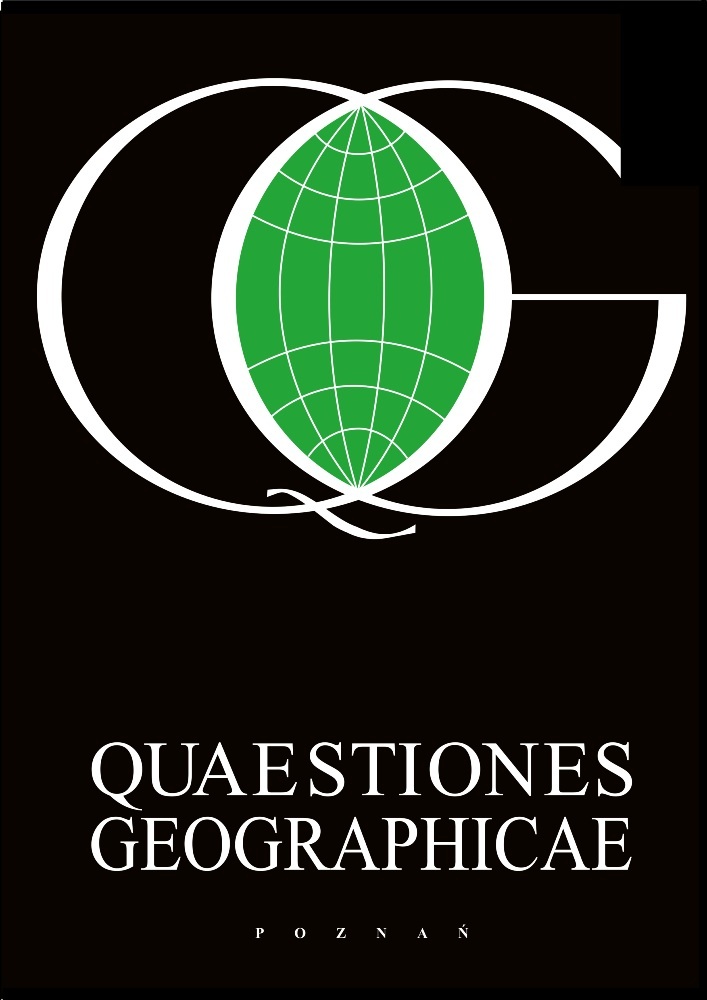Abstract
This paper focuses attention on a quantitative analysis of the creative sector. After a selective and concise literature review, it discusses three important methodological advances, viz. a spatial-econometric approach, a non-parametric business performance analysis based on Data Envelopment Analysis, and finally, a comprehensive and integrated modelling framework in which a so-called ‘Flying Disc’ model is used as a tool for specifying and estimating a Structural Equations Model. The paper offers finally some concluding remarks.
References
Anderson P. & Petersen N., 1993. A procedure for ranking efficient units in data envelopment analysis. ManagementScience, 39: 1261-1264.
Beise M. & Stahl H., 1999. Public research and industrial innovation in Germany. Research Policy, 28: 397-422.
Bergmann H., Japsen A. & Tamásy Ch., 2002. Regionaler EntrepreneurshipMonitor - Gründungsaktivitäten und Rahmenbedingungenin zehn deutschen Regionen. Universität zu Köln, Universität Lüneburg, Köln-Lüneburg.
Charnes A., Cooper W.W. & Rhodes E., 1978. Measuring the efficiency of decision making units. European Journal ofOperational Research, 2: 429-444.
Deeds D.L., DeCarolis D. & Coombs J., 1999. Dynamic capabilities and new product development in high technology ventures: An empirical analysis of new biotechnology firms. Journal of Business Venturing, 15 (3): 211-229.
Florida R., 2002. The rise of the Creative Class. Basic Books, New York.
Florida R., 2003. Entrepreneurship, creativity and regional economic growth. In: Hart D.M. (ed.), The emergence ofentrepreneurship policy. Governance, start-ups, and growth inthe U.S. knowledge economy. Cambridge University Press, Cambridge.
Forte F., Fusco Girard L. & Nijkamp P., 2006. Smart policy, creative strategy and urban development. Studies in RegionalScience, 35 (4): 947-963.
Fusco Girard L. & Nijkamp P. (eds), 2011. Sustainable city and creativity. Ashgate, Aldershot.
Gang J., Higgins B., Rodriguez R.L., Simpkins A. & Zaikos M.M., 2011. From melting pot to mosaic: The cultural opportunities and challenges of immigration. Moving Forward:The Immigration Debate and Chicago’s Experience. The Chicago Council on Global Affairs, Chicago, Ill.: 45-60.
Golany B., 1988. An interactive MOLP procedure for the extension of DEA to effectiveness analysis. Journal of theOperational Research Society, 39: 725-734.
Howkins J., 2001. The creative economy. Allan Lane, London.
Jacobs J., 1961. The death and life of great American cities. Random House, New York.
Kourtit K. & Nijkamp P., 2012. In search of creative champions in high-tech spaces: A spatial application of strategic performance management. Journal of Regional Science (forthcoming).
Kourtit K., Nijkamp P., Lowik S., van Vught F. & Vulto P., 2011. From islands of innovation to creative hotspots. RegionalScience Policy and Practice, 3 (3): 145-161.
Kourtit K., Möhlmann J., Nijkamp P. & Rouwendal J., 2012a. The geography of creative industries and cultural heritage. Journalof Cultural Heritage Management and Sustainable Development (forthcoming).
Kourtit K., Nijkamp P. & Arribas-Bel D., 2012b.The creative urban diaspora economy: A disparity analysis among migrant entrepreneurs. In: Kresl P. (ed.), Handbook of researchmethods on cities (forthcoming).
Lagendijk A., 2001. Scaling knowledge production: How significant is the region? In: Fischer M.M. & Fröhling J. (eds), Knowledge, complexity and innovation systems. Springer-Verlag, Berlin: 79-100.
Landry C., 2000. The creative city: A toolkit for urban innovators. Earthscan, London.
Landry C., 2007. Creative cities. Earthscan, London.
Oughton C., Landabaso M. & Morgan K., 2002. The regional innovation paradox: Innovation policy and industrial policy. Journal of Technology Transfer, 27: 97-110.
Pfirrman O., 1994. The geography of innovation in small and medium-sized firms in West Germany. Small BusinessEconomics, 6 (1): 27-41.
Porter M.E., 2000. Locations, clusters, company strategy. In: Clark G.L., Feldman M.P. & Gertler M.S. (eds), TheOxford handbook of economic geography. Oxford University Press, Oxford: 253-274.
Scott A.J., 2006. Creative cities: Conceptual issues and policy questions. Journal of Urban Affairs, 28: 1-17.
Seiford L.M. & Zhu J., 2003.Context-dependent data envelopment analysis - measuring attractiveness and progress. Omega, 31: 397.
Suzuki S. & Nijkamp P., 2011. A stepwise-projection data envelopment analysis for public transport operations in Japan.
Letters in Spatial and Resource Science, 4: 139-156.
Suzuki S., Nijkamp P., Rietveld P. & Pels E., 2010. A distance friction minimisation approach in data envelopment analysis - a comparative study on airport efficiency. European Journal of Operational Research, 207: 1104-1115.
Suzuki S., Nijkamp P. & Rietveld P., 2011. Regional efficiency improvement by means of data envelopment analysis through Euclidean distance minimisation including input factors: An application to tourist regions in Italy. Papers in Regional Science, 90 (1): 67-90.
Tellier L.-C., 2009. Urban world history: An economic and geographical perspective. University Press of Quebec, Quebec.
Tone K., 2001. A slacks-based measure of efficiency in data envelopment analysis. European Journal of Operational Research, 130: 498-509.
Tone K., 2002. A slacks-based measure of super-efficiency in data envelopment analysis. European Journal of Operational Research, 143: 32-41.
De Waal A., 2007. Strategic performance management. A managerial and behavioural approach. Palgrave MacMillan, London.
License
This content is open access.
